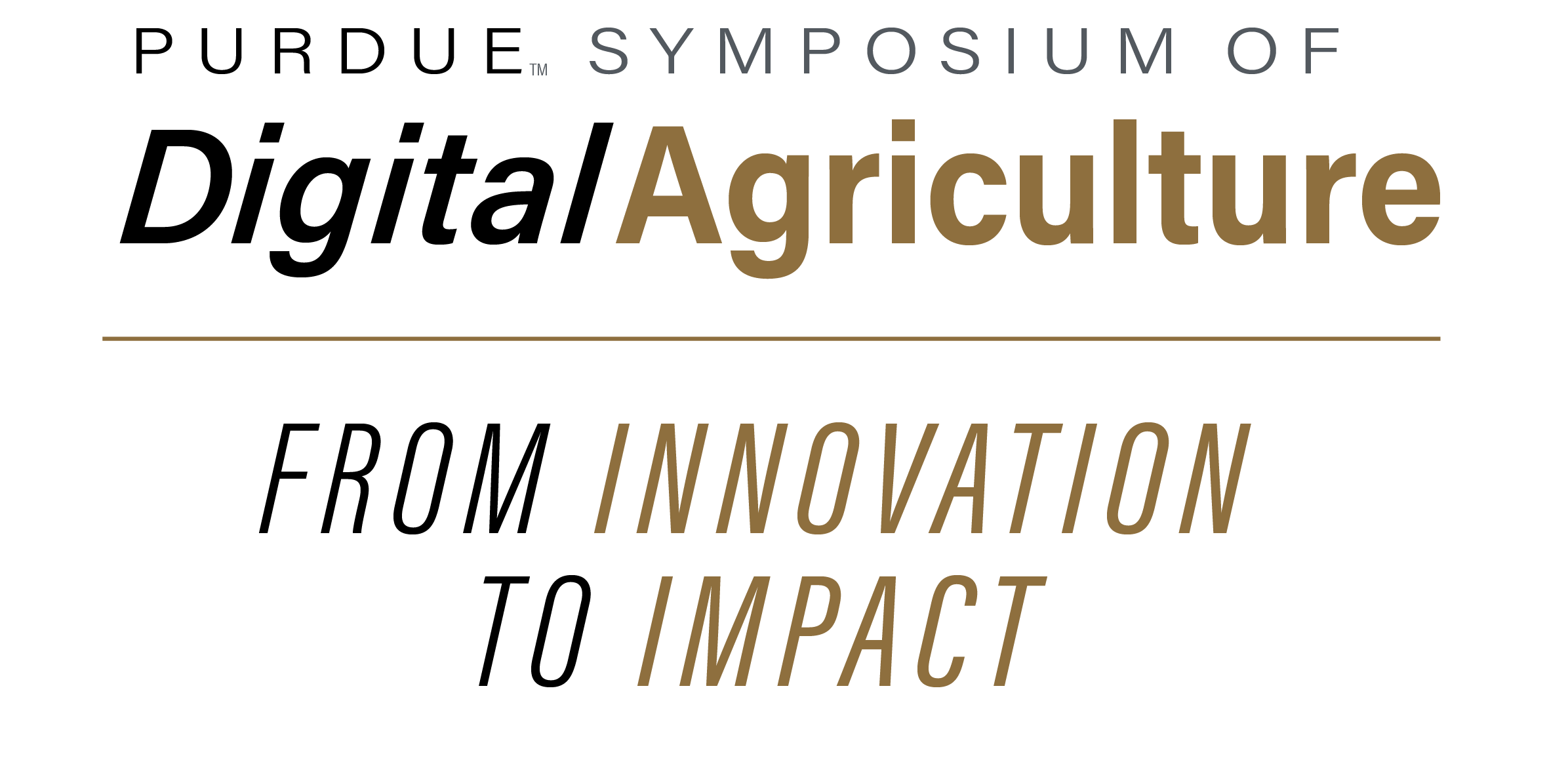Abstract
In water-scarce regions, precision irrigation is critical for sustainable fruit production. This study investigated the effects of four soil moisture-based irrigation thresholds (40%, 60%, 80%, and 100% of field capacity, Ɵfc) on yield, fruit quality, and water productivity (WP) in a drip-irrigated ‘Super Chief’ apple orchard in the northwestern Himalayas. Full irrigation (100% Ɵfc) maximized yield (70.80 t/ha) and fruit size (165.60 g), while severe deficit irrigation (40% Ɵfc) significantly enhanced fruit firmness (9.56 N) and soluble solids content (13.95 °Brix) but at the cost of a 20% yield reduction. The 80% Ɵfc treatment achieved a near-optimal yield (66.24 t/ha) with substantial water savings, demonstrating superior water productivity without severely compromising commercial yield. Our findings advocate for soil moisture sensor-based irrigation scheduling at 80% Ɵfc as a strategic tool for optimizing the trade-off between apple productivity, quality, and water conservation in semi-arid mountainous regions.
Keywords
Deficit irrigation, Malus domestica, precision agriculture, soil water content, fruit physiology, water scarcity
DOI
10.5703/1288284318194
Smart irrigation Scheduling using IOT in drip irrigated Apple
In water-scarce regions, precision irrigation is critical for sustainable fruit production. This study investigated the effects of four soil moisture-based irrigation thresholds (40%, 60%, 80%, and 100% of field capacity, Ɵfc) on yield, fruit quality, and water productivity (WP) in a drip-irrigated ‘Super Chief’ apple orchard in the northwestern Himalayas. Full irrigation (100% Ɵfc) maximized yield (70.80 t/ha) and fruit size (165.60 g), while severe deficit irrigation (40% Ɵfc) significantly enhanced fruit firmness (9.56 N) and soluble solids content (13.95 °Brix) but at the cost of a 20% yield reduction. The 80% Ɵfc treatment achieved a near-optimal yield (66.24 t/ha) with substantial water savings, demonstrating superior water productivity without severely compromising commercial yield. Our findings advocate for soil moisture sensor-based irrigation scheduling at 80% Ɵfc as a strategic tool for optimizing the trade-off between apple productivity, quality, and water conservation in semi-arid mountainous regions.


